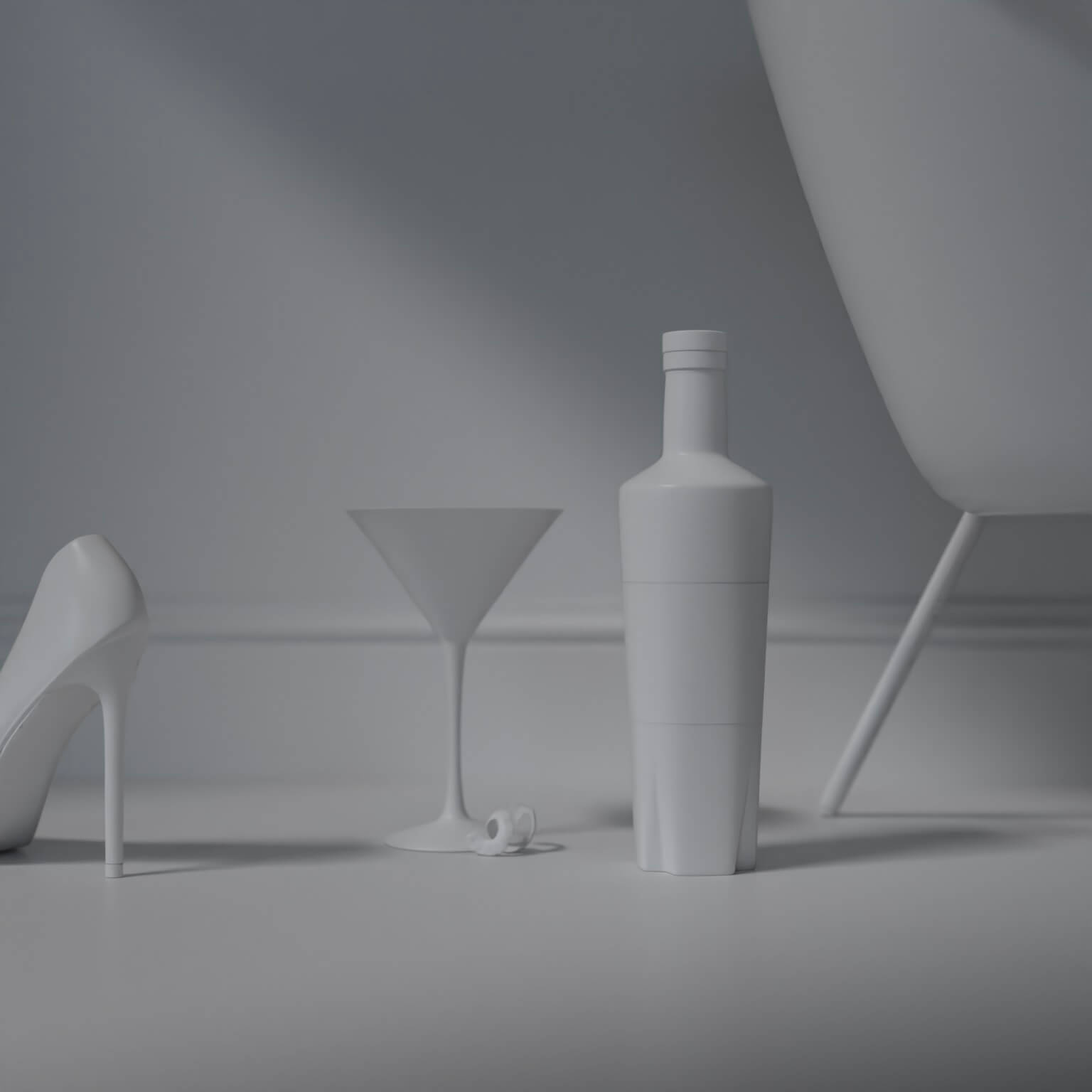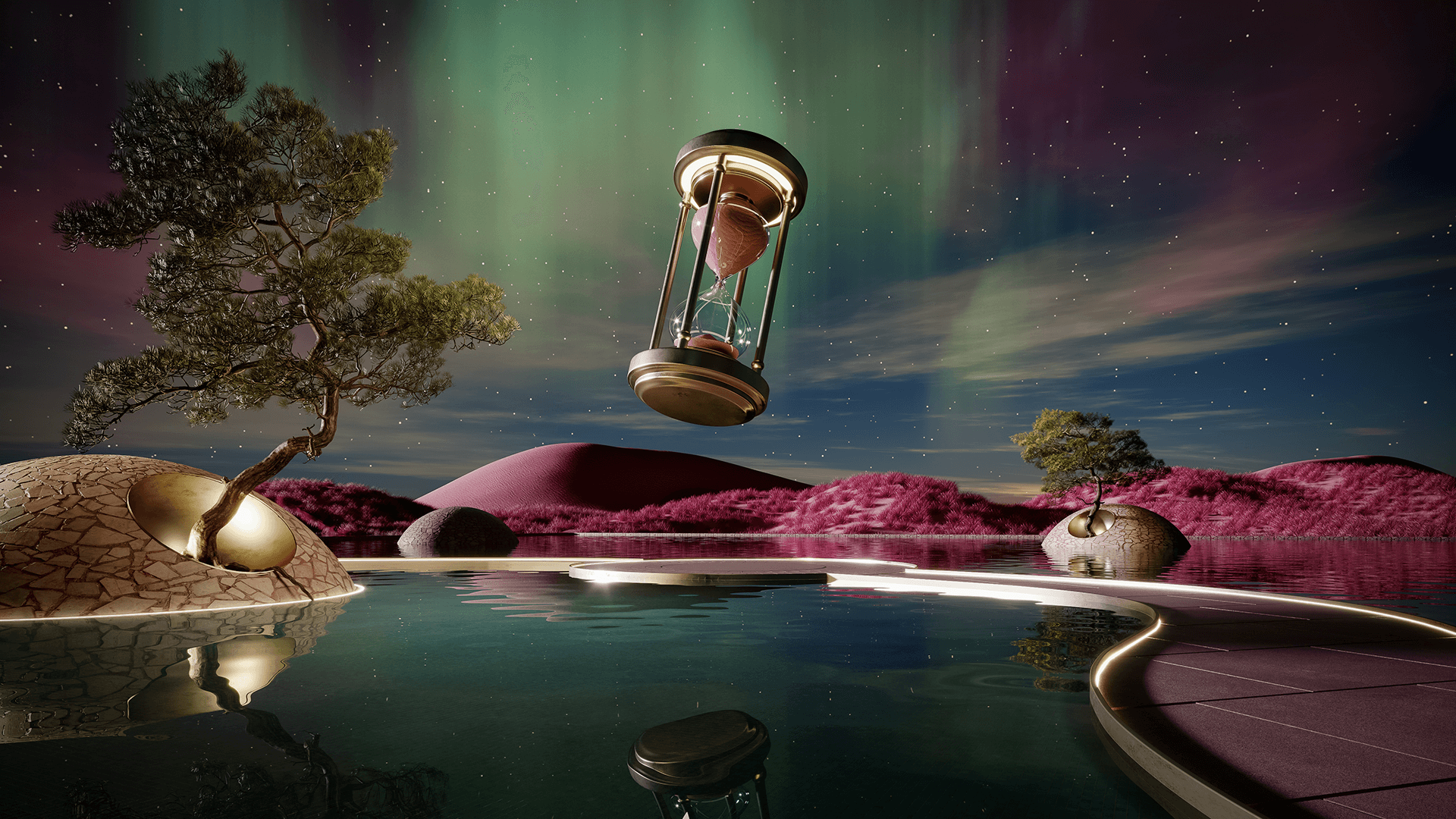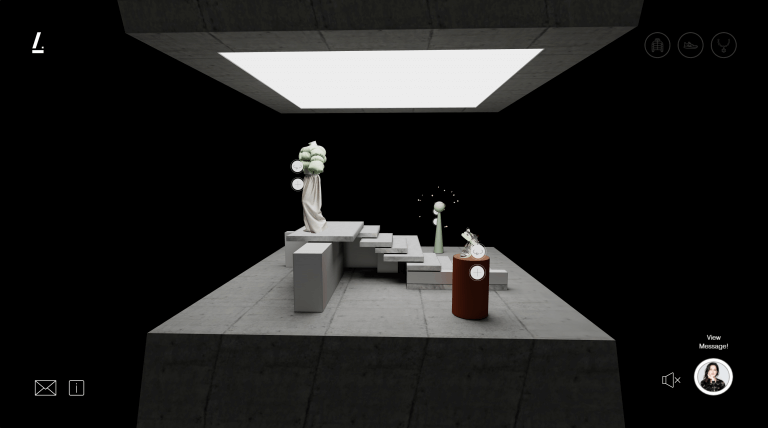What is the best shopping experience you have offered to your customer that is both interesting and immersive? Today, the online market has become a crowded space in which brands are continuously in a tug-of-war to get the customer’s attention while keeping up with the new consumer and technology trends. In their quest to create the perfect shopping experience, many have tapped into the new perceptive technologies of Augmented reality and Virtual reality.
In this blog, you can discover more about the following:
How has Shopping Changed in the Last two Decades?
To understand and predict the future trajectories of retail shopping, as a brand, it’s essential to take a look at the past patterns.
Fall of Physical Stores
Going to brick-and-mortar stores is soon going to be a thing of the past. While the retail industry has started between the four walls, consumers no longer want to restrict themselves to the same. It is losing its luster at a faster pace due to its counterpart, online stores continue to outsmart in many ways. In addition, consumers have to go through the product offerings and have to purchase them on the same day.
In other cases, if they didn’t like the product or didn’t find the right one, they have to return to the store, costing them time and effort. With everything moving at a neck-breaking speed, buyers have no more energy or time to spare for physical store shopping.
Rise of E-commerce
To the question of ‘How has shopping changed in the last two decades’, the answer without a doubt includes e-commerce. Considered a revolutionary phase in the retail industry, online commerce quickly included itself in the lives of consumers with its convenience and infinite offerings. With technology rapidly improving, logistics, and delivery happening in the blink of an eye, one can say that consumers are in a way addicted to online shopping.
Between 2010 to 2020, global e-commerce sales have grown from 572 billion to 4.2 trillion US dollars, which clearly explains the rise of e-commerce in the last two decades.
More than any push from the tech or buyer, e-commerce enjoyed significant growth due to the recent pandemic. According to Forbes, e-commerce sales grew 50% to $870 billion during the pandemic alone. Customers who haven’t shopped online had to start browsing online and many surveys indicate that they will continue to stick to online purchases.

With the changes in shopping and tech trends, came in the novel virtual reality shopping.
Buy Less and Often
In the past, consumers used to buy in bulk, enough for a few days to a few months. But with retail outlets everywhere and online stores on electronic devices, buyers are purchasing often but less every time. This is partly because of the new wave of consumers from Gen Z. With different mentalities and perceptions, they view shopping in a different light, sometimes a way to express themselves.
Loyalty on the Decline
Two things have severely impacted customers’ loyalty to a brand – multiple options and attention span. Unlike before digital commerce, consumers now have access to every brand, from local to global. Due to this, it has become easy to hop from one brand to another as their desires and necessities change. This left brands, vulnerable as they could not continue to sustain their customer base.
The diminishing attention span is the second reason consumers fail to be loyal to a particular brand. With multiple social media and e-commerce platforms demanding attention, consumers have limited their attention time to almost 8 seconds.
Product like Me
Shopping has become more than an activity to fulfill needs and wants. It has emerged as a way to express one’s thoughts, goals, and tastes. As a result, the general products have not been of much liking to the consumers. They are more inclined towards goods and services with a personalization touch.
Beginnings of Virtual Reality
Coined by Jaron Lanier in the late 80s, the concept of virtual reality has been around for a long time. It was popularised by the novel ‘motorcycle experience’ produced by Morton Heilig, in which the user was taken through the city through displays, odor emulators, and wind simulators. The ideology behind creating this experience can be the creator’s desire to be a part of diverse experiences while being stationed in a single place.
The desire to create simulated perceptions, joined by the craze from leading companies like NASA and Google, now virtual reality has spread its utilities to diverse industries like education, manufacturing, entertainment, and currently into marketing and shopping.

Perceiving products in cyberspace using AR and VR occupies the first spot in the list of retail changes.
Ways in which VR Shopping will change the Retail Industry
At Home, In Store
The first and foremost way in which virtual reality shopping will change the retail industry is by adding an extra layer to online commerce. As a matter-of-fact, digital websites allow consumers to browse through uncountable products from their own space and comfort. But there’s a small glitch here – they cannot feel or see the product in its own form. Brands can use VR shopping to fulfill this important spot in e-commerce.
Luxury brands can create their own brand world in 3D and make them accessible to buyers through social media and commerce websites. This way, consumers can enjoy the store experience without having to leave their homes. Through stimulating and perceptive features of virtual reality, they will be able to see and feel the products in 3D.
Empty Brick and Mortars
While brands can turn customers’ homes into their stores, they can do the same with their physical stores. They can welcome the customers who visit their brick-and-mortar stores into 3D virtual spaces. Instead of heavily investing in the stores’ interior through design and maintenance, brands can create their store in a virtual space with marvelous designs that are not quite possible in reality.
Once a consumer visits the actual store, they go to the virtual store where they can not only view products and enjoy novel experiences as well.
Entertainment and Experiences
Virtual reality shopping solves the main marketing problem of the 21st century, which is grabbing consumer attention. As designers create VR spaces online, there is no limit to imagination. Brands can create unrealistic, mystical, and immersive experiences that match the emotions of using their products. They can weave the VR tour around the brand’s legacy or personalize it to a specific set of buyers or to the offerings.
The ultimate goal of these experiences is to make consumers feel something that’s new, unique, and personal to them. One way to give them a sense of satisfaction and pride, brands can use artistic virtual spaces created by dedicated digital creators. To elaborate, each of these spaces hold a significant concept behind them, weaved into a coherent story, enticing the potential consumer. Learn more about them in the guide below.

Virtual Reality shopping not only allows consumers to browse through products but also evokes emotions through its spectacular visual imagery.
Virtual Product Catalogues
Brands can also engage consumers in a different way through VR shopping. Instead of creating their own branded space or store, they can create individual 3D product models and create a product catalog out of them. When shared with consumers, they can explore and interact in-depth with the products they are interested in.
Gameopping
In a world where every decision is taken quickly, every image swiped fastly, you can stop your consumer to halt and fully enjoy the joy of shopping through virtual reality. It is possible by combining games and shopping, which in short, is called gameopping. When customers enter your virtual store, you can embed small games that are easy, entertaining, and informative. Also known as gamification, it is really effective in capturing the audience’s attention while also directing them to the sales outlet.
Virtual Reality: The New Direction of Retail
When the idea of virtual reality was perceived, no one thought it would immerse its roots in numerous industries. One such industry that everyone is curious about, its conjunction with VR is retail. For Gen Y and Gen Z audiences, physical stores lose their shine, and e-commerce sites bore a lot, but virtual reality shopping breathes fresh air into the domain. With its dynamic utilities along with being novel in nature, VR shopping is set in stone to be the next trend in the retail kingdom.
As a leader in creating and designing virtual spaces, you can contact us right away to get your own virtual space for your brand.
For project inquiries e-mail us at [email protected]
For press inquiries e-mail us at [email protected]

